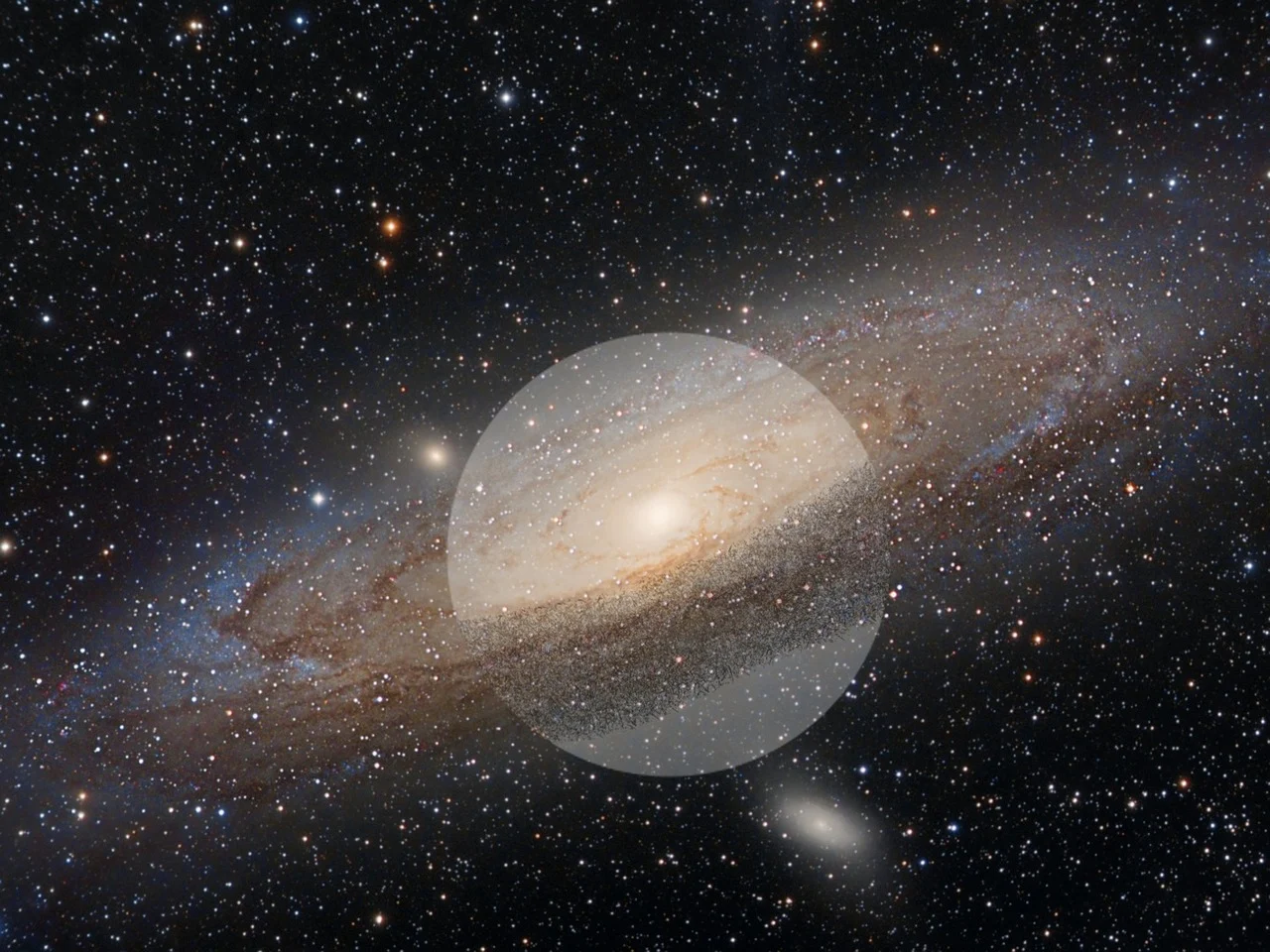The universe has always been a mystery for space researchers. Embedded with various celestial bodies, including planets, galaxies, meteoroids, etc. Each of them exhibits their own unique characteristics out of which some are difficult to decode. One such body is Saturn. The rings of this planet are so eminent that we can’t imagine Saturn without its rings. These rings have always been a topic of discussion among space scientists. Recently, an international team of researchers discovered that Saturn’s rings are much younger than the planet itself. They found that the age of these rings is not more than 400 million years old. The study was led by Sascha Kempf, a physicist at the University of Colorado Boulder, US.
Image Credits: Pixabay
Analysing Ring’s Age
The micrometeoroids (tiny, icy particles covered with dust) in the solar system contribute to the formation of Saturn’s rings. Researchers studied these particles to determine the rings’ age. They used an instrument named Cosmic Dust Analyser (CDA) from NASA’s Cassini Spacecraft to collect data about these particles. From 2004 to 2017, the spacecraft collected 163 micrometeoroids as it crashed into Saturn’s atmosphere during its 13-year mission.
“Think about the rings like the carpet in your house. If you have a clean carpet laid out, you just have to wait. Dust will settle on your carpet. The same is true for the rings,” stated Kempf. Using the data from the Cassini Spacecraft, researchers measured the velocity, trajectory, composition, charge and mass of the particles. They found that out of 163 particles, 73 particles had an origin beyond Saturn and another 90 particles were exogenic (particles formed on the earth’s surface). With the help of these measurements, researchers estimated that the dust had been accumulating on Saturn’s ring less than a gram per square foot of this material each year. They also found that about 0.1 to 2 per cent of Saturn’s rings are non-icy and exogenic. After this investigation, Kempf and his team concluded that the rings are about 100 to 400 million years old and are younger than the planet Saturn.
Image Credits:Pixabay
The Secret Behind The Vanishing Of Saturn’s Rings
During this study, researchers also discovered that these rings are gradually disappearing. According to them, Saturn’s gravity is pulling the ring particles back into the planet resulting in ring rain. These rings may vanish in the next 100 million years or so. But the exact duration of the disappearance of Saturn’s rings is still a mystery to space researchers. “If the rings are short-lived and dynamical, why are we seeing them now. It’s too much luck,” commented Kempf.
Astronomers are keen to know more about Saturn and its environment through space missions. Although the planet can’t support life as it is composed of hydrogen and helium, they want to discover whether its moons provide favourable living conditions or not. But for now, the debate over Saturn’s rings’ age, formation and disappearance continues.
To know more about this research, we interviewed Dr Sascha Kempf.
What is the significance of this discovery? How is it going to help space researchers?
The study tells about how the rings were formed in the first place. If the rings would have been as old as the planet, then they most likely would have formed together with the planet and its moons. Also, a young ring requires a very different formation scenario. Sources of large bodies like meteoroids provide the material of the ring. This study will help space researchers to estimate the age or mass of the rings. We have discovered that the current mass of the ring is 0.4 times the mass of Saturn’s innermost ice moon, Mimas.
How were you and your team able to see Saturn’s ring in the first place?
Saturn’s rings were one of the main goals of NASA’s Cassini spacecraft mission. We built and operated the dust detector, Cosmic Dust Analyser (CDA) on this spacecraft to see these rings.
How did you and your team manage to determine Saturn’s ring age?
During our research, we observed that Saturn’s icy rings are not pure water ice. There is 2 volume per cent of non-icy material in these rings. Our solar system contains quite several meteoroids, some of them collide with the rings and pollute them. If you know how many of them hit the ring per unit time you can determine the age of the ring.
Why is there still a disagreement on the age of Saturn’s ring even after the new study (your research) has been proposed?
Yes, there’s still a disagreement on the age of Saturn’s ring as each researcher has their own opinion on this topic. And that’s the general way how science works. Many researchers expect the ring to be as old as the planet while some do not. None of us will not give up this notion that easily. And at the very it is the controversy and disagreement that drives science.
What future research or observations are needed to further understand the origin and evolution of Saturn’s rings?
Of course, we would have now been able to design much better detectors for dedicated Saturn’s rings mission, but there are many more interesting target bodies in the solar system which have not been explored at all. So such a mission or research will not likely happen within the next decade or so. Without a mission, better models can definitely help. There might also be other ways to determine the ring’s age we haven’t even thought about so far.
The detailed research has been published in the journal Science Advances.
If you enjoyed reading our articles, please consider supporting us by buying our geeky merchandise on Instagram.
Alternatively, you could buy us a coffee or follow us on Facebook, Twitter, Pinterest, or Medium.





